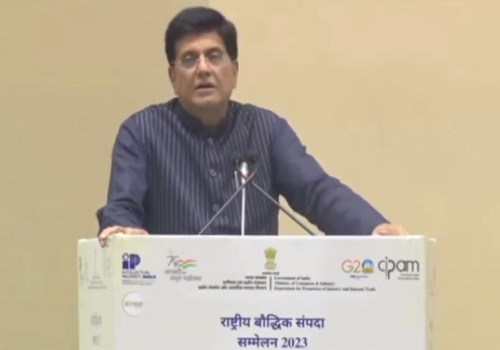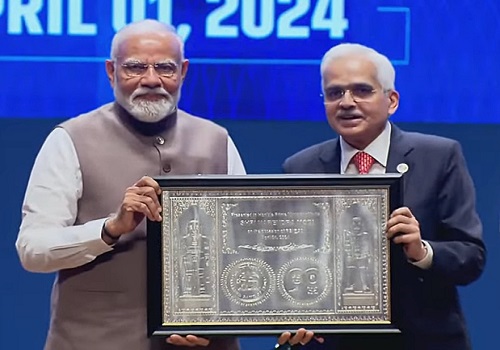Lower government borrowings will result in easing inflation and bolstering growth: Shaktikanta Das

Reserve Bank Governor Shaktikanta Das has said that lower government borrowings than the market estimates will free more capital for the private sector resulting in easing of inflation and bolstering growth. He noted that this year's borrowing is lower than what initially the markets had expected. Lower quantum of borrowing means it would ensure that much more resources will be available in the banking system to meet the requirements of the private sector.
Observing that the quantum of borrowing is very important for monetary policy, Das said ‘while making monetary policy it is one of the factors which is taken into consideration. I would say it is growth inducing, and it helps in moderating inflation levels.’ On the debt-to-GDP ratio, he said it has touched a high of 88 per cent during the COVID period and since then it is moderating. With the government further lowering its fiscal deficit target to 5.1 per cent for the next financial year and 4.5 per cent in the subsequent year, the debt-to-GDP ratio should further come down.
In interim Budget, Finance Minister Nirmala Sitharaman had proposed to borrow Rs 14.13 lakh crore by issuing dated securities to meet revenue shortfall in the next financial year starting on April 1. This is lower than last year's gross borrowing estimate of Rs 15.43 lakh crore, which was the highest ever. The lower borrowing estimate for 2024-25 is on account of growing tax revenue and the government's resolve to meet its fiscal consolidation roadmap.























